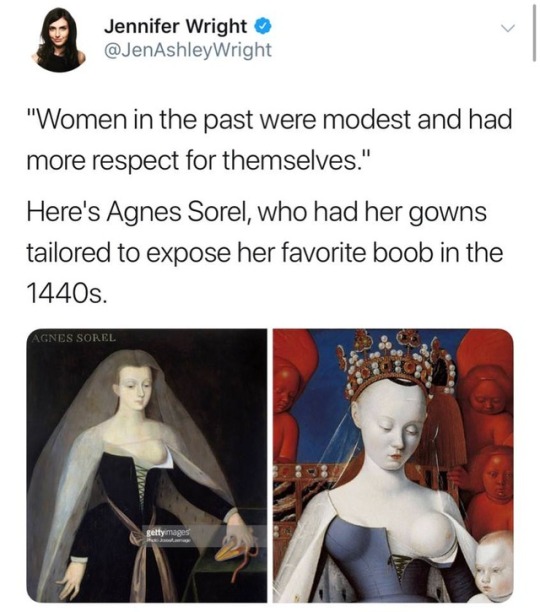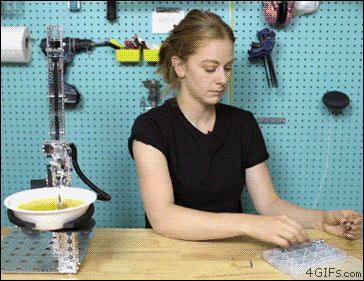in which some old child tries to make something of his art
Don't wanna be here? Send us removal request.
Photo


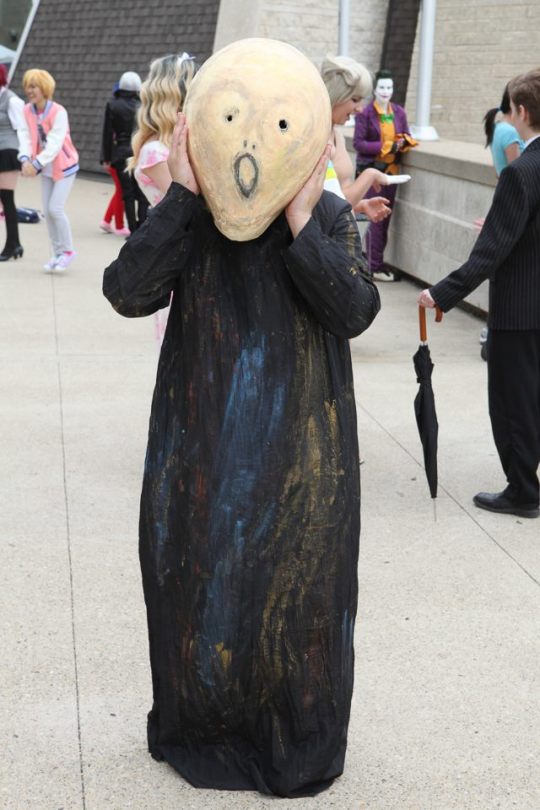



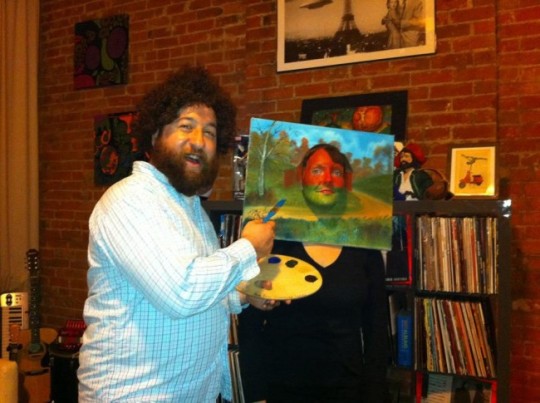
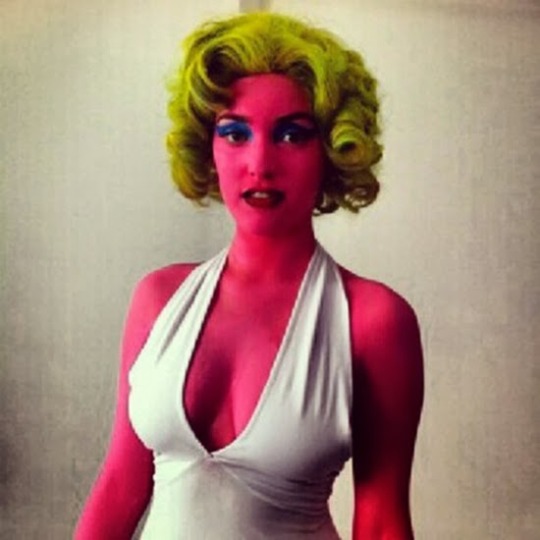
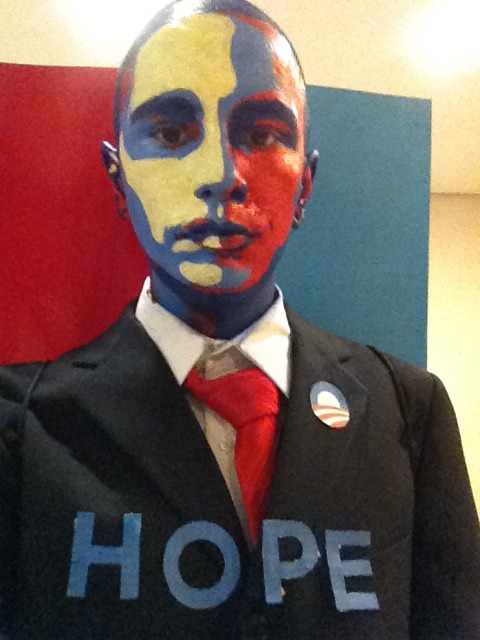
Cosplays That Are Works Of Art (Literally).
629K notes
·
View notes
Text
In Which Diversity Isn't a Myth
Ok. I’m tired of the typical vampire, werewolf and fairy.I’m also tired of the occidental-centrism in mythology. Hence, this list.
I tried to included as many cultural variants as I could find and think of. (Unfortunately, I was restricted by language. Some Russian creatures looked very interesting but I don’t speak Russian…) Please, add creatures from your culture when reblogguing (if not already present). It took me a while to gather all those sites but I know it could be more expansive. I intend on periodically editing this list.
Of note: I did not include specific legendary creatures (Merlin, Pegasus, ect), gods/goddesses/deities and heroes.
Dragons
The Chinese Dragon
The Japanese Dragon
The Korean Dragon
The Vietnamese Dragon
The Greek Dragon
The Indian Dragon
The Polish Dragon
The Austrian Dragon
The British Dragon
The Ancient Dragon (Egypt, Babylon and Sumer)
The Spanish Basque Dragon
Of the Cockatrice (creature with the body of a dragon)
Alphabetical List of Dragons Across Myths (Great way to start)
Little creatures (without wings)
The Legend of the Leprechauns, The Leprechaun
Chanaque /Alux (the equivalent of leprechauns in Aztec/Mayan folklore)
Elves
Elves in Mythology and Fantasy
Elves in Germanic Mythology
Kabeiroi or Cabeiri (Dwarf-like minor gods in Greek mythology)
Norse Dwarves
The Myth of Loki and the Dwarves
Ten Types of Goblins
Goblins
Tengu: Japanese Goblins
Gnomes
More on Gnomes
Pooka: an Irish phantom
Creatures with wings (except dragons)
Fairies
All sorts of Cultural Fairies
Fairies in Old French Mythology
A Fairy List
Bendith Y Mamau (Welsh fairies)
Welsh Fairies
Peri (Persian fairies)
Yü Nü (Chinese fairies)
The Celtic Pixie
Angels in Judaism
Angels in Christianity
Hierarchy of Angels
Angels in Islam
Irish Sylph
Garuda (Bird-like creature in Hindu and Buddhist myths)
Bean Nighe (a Scottish fairy; the equivalent of a banshee in Celtic mythology)
Harpies
Spirited Creatures
Druids
Jinn (Genies in Arabic folklore)
Types of Djinns
Aisha Qandisha and Djinn in Moroccan Folklore
Oni (demons in Japanese folklore)
Nymphs
Spirits in Asturian Mythology
Valkyries
Lesovik
Boggarts: The British Poltergeist
Phantom black dogs (the Grim)
Demons in Babylonian and Assyrian Mythology (list)
Demons in the Americas (list)
European Demons (list)
Middle-East and Asia Demons (list)
Judeo-Christian Demons (list)
Nephilim, more on Nephilim
Mahaha (a demon in Inuit mythology)
Flying Head (a demon in Iroquois mythology)
Ghosts
Toyol (a dead baby ghost in Malay folklore)
Malay Ghosts
Yuki-onna (a ghost in Japanese folklore)
The Pontianak (a ghost in Malay mythology)
Funayurei (a ghost in Japanese folklore)
Zagaz (ghosts in Moroccan folklore)
Japanese Ghosts
Mexican Ghosts
Horse-like mythical creatures
Chinese Unicorns
Unicorns
The Kelpie (Could have also fitted in the sea creatures category)
The Centaur
The Female Centaur
Hippocamps (sea horses in Greek mythology)
Horse-like creatures (a list)
Karkadann, more on the Karkadann (a persian unicorn)
Ceffyl Dwfr (fairy-like water horse creatures in Cymric mythology)
Undead creatures
The Melanesian Vampire
The Ewe Myth : Vampires
The Germanic Alp
The Indonesian Vampire
Asanbosam and Sasabonsam (Vampires from West Africa)
The Aswang: The Filipino Vampire
Folklore Vampires Versus Literary Vampires
Callicantzaros: The Greek Vampire
Vampires in Malaysia
Loogaroo/Socouyant: The Haitian Vampire
Incubi and Sucubi Across Cultures
Varacolaci: The Romanian Vampire
Brahmaparusha: The Indian Vampire
Genesis of the Word “Vampire”
The Ghoul in Middle East Mythology
Slavic Vampires
Vampires A-Z
The Medical Truth Behind the Vampire Myths
Zombies in Haitian Culture
Shape-shifters and half-human creatures (except mermaids)
Satyrs (half-man, half-goat)
Sirens in Greek Mythology (half-woman and half-bird creatures)
The Original Werewolf in Greek Mythology
Werewolves Across Cultures
Werewolf Syndrome: A Medical Explanation to the Myth
Nagas Across Cultures
The Kumiho (half fox and half woman creatures)
The Sphinx
Criosphinx
Scorpion Men (warriors from Babylonian mythology)
Pooka: an Irish changelings
Domovoi (a shape-shifter in Russian folklore)
Aatxe (Basque mythology; red bull that can shift in a human)
Yech (Native American folklore)
Ijiraat (shapeshifters in Inuit mythology)
Sea creatures
Selkies (Norse mermaids)
Mermaids in many cultures
More about mermaids
Mermen
The Kraken (a sea monster)
Nuckelavee (a Scottish elf who mainly lives in the sea)
Lamiak (sea nymphs in Basque mythology)
Bunyip (sea monster in Aboriginal mythology)
Apkallu/abgal (Sumerian mermen)
An assemblage of myths and legends on water and water creatures
Slavic Water Creatures
The Encantado (water spirits in Ancient Amazon River mythology)
Zin (water spirit in Nigerian folklore)
Qallupilluk (sea creatures in Inuit mythology)
Monsters That Don’t Fit in Any Other Category
Aigamuxa, more details on Aigamuxa
Amphisabaena
Abere
Bonnacon
Myrmidons (ant warriors)
Troll, More on Trolls
Golems
Golems in Judaism
Giants: The Mystery and the Myth (50 min long documentary)
Inupasugjuk (giants in Inuit mythology)
Fomorians (an Irish divine race of giants)
The Minotaur
The Manticore, The Manticore and The Leucrouta
The Ogre
The Orthus (two-headed serpent-tailed dog)
The Windigo
The Windigo Psychosis
Rakshasa (humanoids in Hindu and Buddhist mythology)
Yakshas (warriors in Hindu mythology)
Taqriaqsuit (“Shadow people” in Inuit mythology)
References on Folklore and Mythology Across the Globe
Creatures of Irish Folklore
Folklore and Fairytales
An Overview of Persian Folklore
Filipino Folklore
Myths, Creatures and Folklore
Alaska Folklore
Spanish (Spain) Mythology
Mythical Archive
Mythology Dictionary
List of Medieval and Ancient Monsters
Native American Animals of Myth and Legends
Native American Myths
Bestiary of Ancient Greek Mythology
Mythology, Legend, Folklore and Ghosts
Angels and Demons
List of Sea Creatures
Yoruba Mythology
Ghosts Around the World, Ghosts From A to Z
Strange (Fantastic) Animals of Ancient Egypt
Egyptian Mythology
Creatures from West Africa
On the Legendary Creatures of Africa
Myths, Creatures and Folklore
References on writing a myth or mythical creatures
Writing a MYTHology in your novel?
How to Write a Myth
10 Steps to Creating Realistic Fantasy Creatures
Creating Fantasy Creatures or Alien Species
Legendary Creature Generator
Book Recommendations With Underrated Mythical Creatures
(I have stumbled upon web sites that believed some of these mythical creatures exist today… Especially dragons, in fact. I just had to share the love and scepticism.)
262K notes
·
View notes
Photo
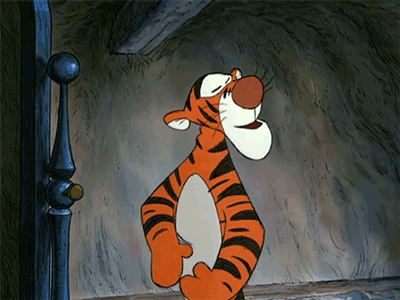
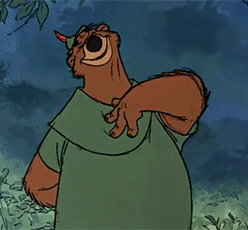

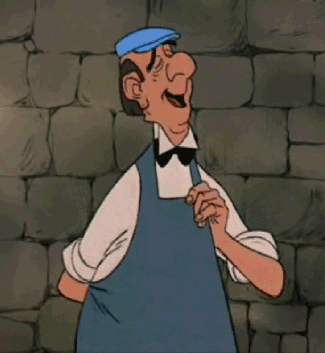
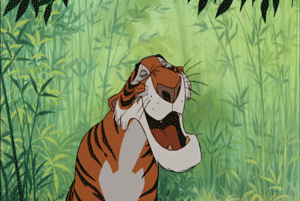
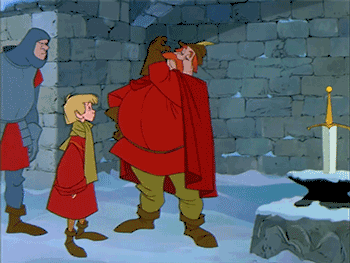
The Milt Kahl Head Swaggle (Source: Cartoon Brew)
454K notes
·
View notes
Video
tumblr
Ok I don’t normally make posts like this but this is something I really think needs more attention.
It’s Emara!
She’s a kickass, female, Muslim, crimefighting superhero
She stays fully covered and has an adorable crimefighting partner (and maybe love interest) who is disabled!
The representation is amazing and the animation is beautiful
If you like miraculous ladybug this is for sure up your ally
Or if you just like wicked female protagonists!!
Here is episode 1: https://youtu.be/3ytnzJjEyAM
Enjoy!
50K notes
·
View notes
Photo

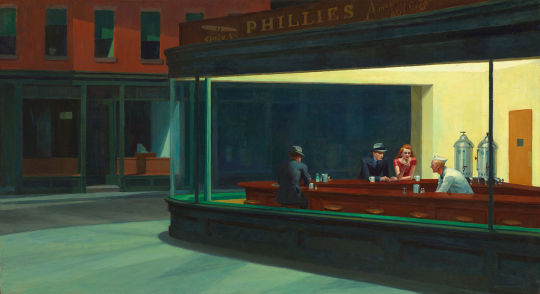
June 7th, 1942: Edward Hopper completes his best known painting, the seminal Nighthawks. When asked by a Chicago Tribute reporter about the philosophical meaning behind the diner having no clearly visible exits Hopper responded, “Shit. Fuck. I did it again. Goddamnit. Fuck. Not again. I did it again. Shit.” and slammed his hat on his leg.
695K notes
·
View notes
Photo
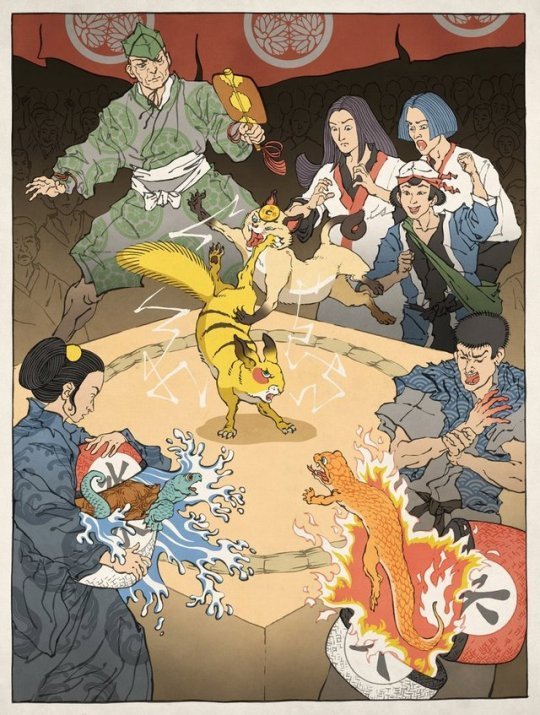
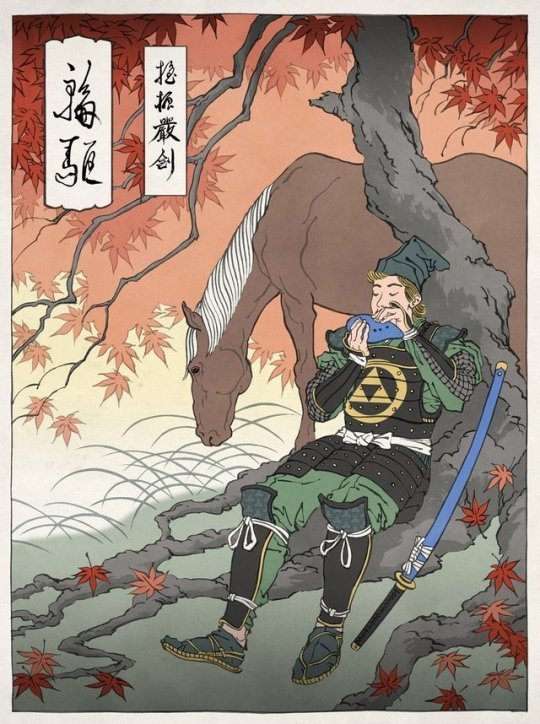

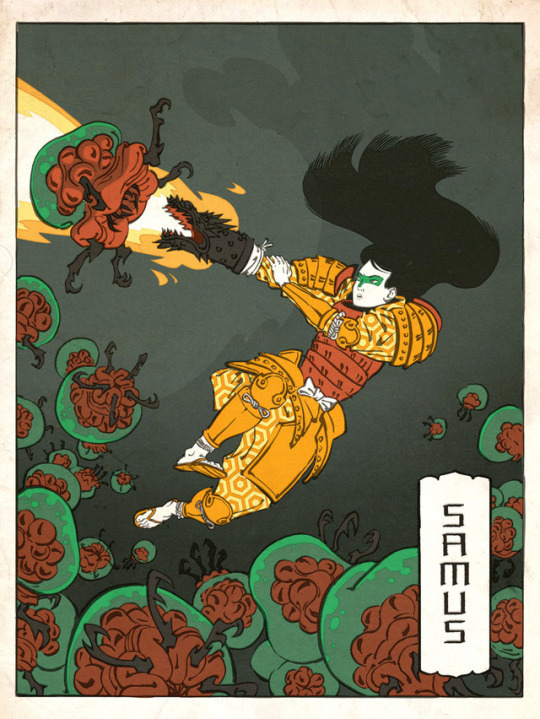
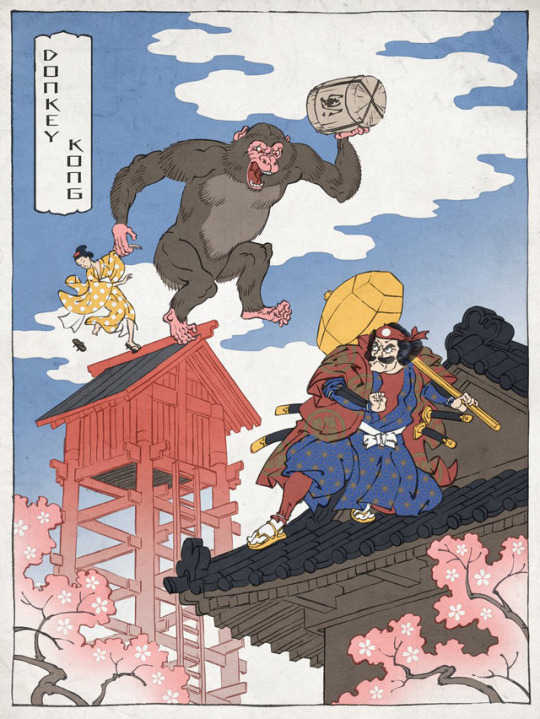
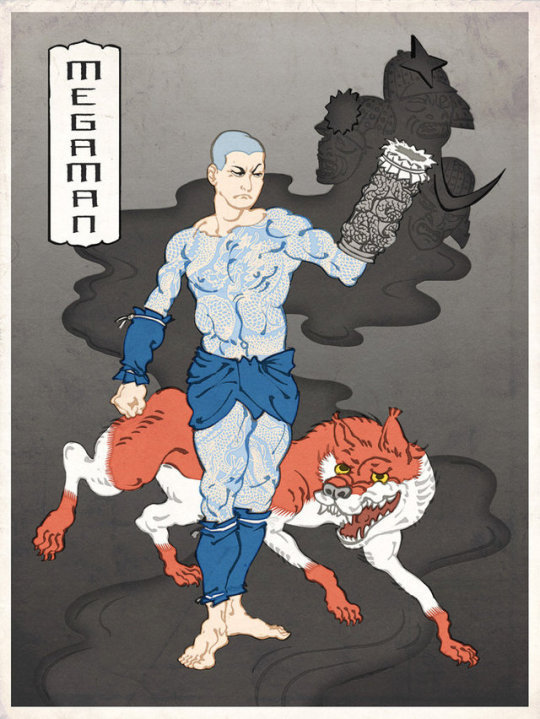
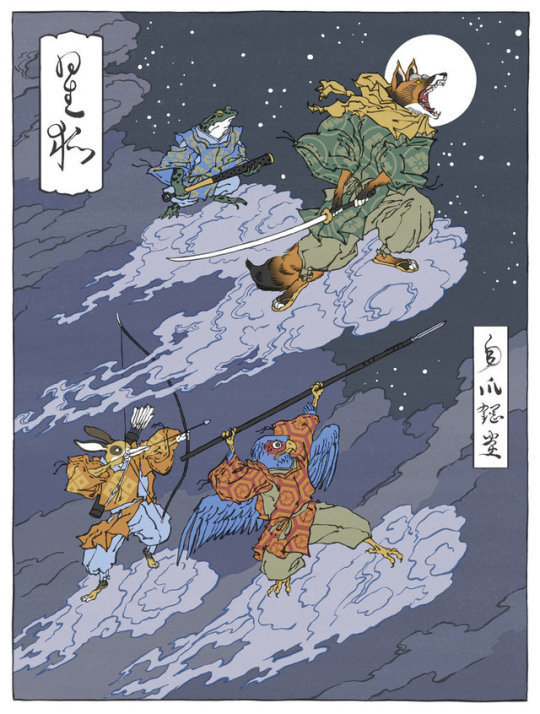
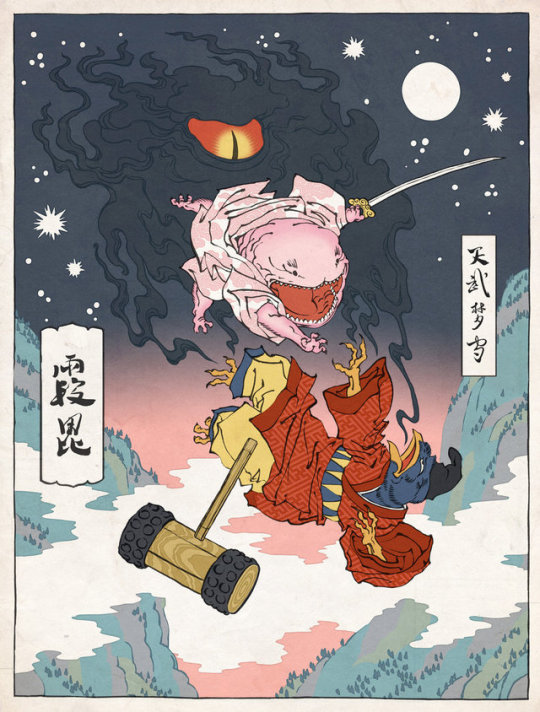
Nintendo Characters in the Japanese Ukiyo-e Art Style made by Jed Henry
37K notes
·
View notes
Video
I really enjoy learning this.
I think it's so interesting, the process of trying to maintain art pieces, and how people choose which ones and how to do so. On one hand, it makes me wonder how these pieces will survive as time marches on. On the other, I am curious to see how these processes change as we go forward, especially with digital and odd sculptural pieces.
A remarkable Jacobean re-emergence after 200 years of yellowing varnish Courtesy Philip Mould
479K notes
·
View notes
Text
Why people like your doodles better than your finished works
Learn from your doodles rather than resent them
I frequently see artists complain that their finished works got less attention than mere sketches, doodles and other smaller or less serious work. Which is frustrating! But almost as often, I can see exactly why the doodle got more attention. I’m going to cover some of these reasons, so you can use that information so you can do more than fume about it.
The doodle is easy to read, the polished work is busy
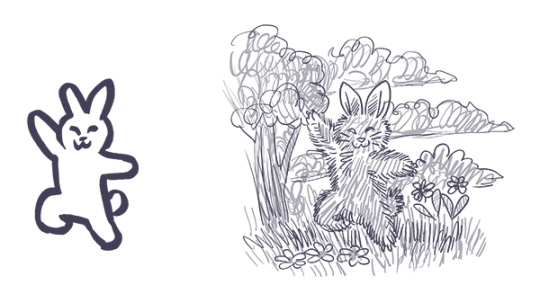
The polished work is completely drenched in little details that the artist slaved over, but the details create a kind of overall noise that makes everything harder to understand, making the whole image less appealing.
Don’t get too lost in little details, work from larger shapes to small details, use things like a highly readable silhouette, contrast, variance in line width or negative space to keep the image understandable. Pay attention to the composition to guide the eye where you want it.
The doodle is high contrast, the polished work is low contrast
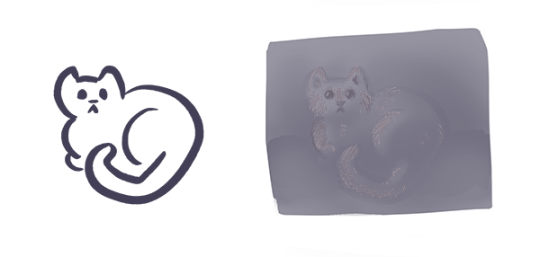
When you do lots of details all equally well lit and easy to see, overall you lose the strong lights and darks that make a work pop. You have to sacrifice some of those details, let them be in shadow or out of focus in the background, to create a more appealing image overall.
You might also be forgetting that without lineart you need to use strong lights and darks, since lineart creates it’s own natural high contrast.
Contrast draws the eye, use that to create focus where you want it.
The doodle is simple to understand, the polished work is highly ambiguous in meaning and message
Many doodles that outstrip the artist’s polished work are jokes. Jokes usually have a specific clear focus and message, the viewer can understand it immediately (if they couldn’t, it wouldn’t be funny). You don’t have to make everything funny, but like a joke, you need to get to the point and give the audience the information they need to “get it.” More details can be present, but the viewer should not be confused about what to look at from the outset. Remember: people will look at and interpret your art in milliseconds. They might give it a longer look but only AFTER that millisecond look.
The initial glance is like the first page of a book. If it wows them they keep looking to understand more, if they are lost and confused, no second chances, they’ve already scrolled away.
You can use things like composition, basic structures of shapes and simple shape symbolism to give viewers the initial information they need to stay interested. Don’t feel like you have to abandon more personal and difficult to parse symbolism, these things can work together to create intrigue.
The doodle is fluid and expressive, the polished work is stiff and dead

The sketch for your polished work needs to be done with spontaneity and fluidity. When you want to really flex your drawing skills and show the world your beautiful realistic human faces, your sublime anatomy, gorgeous textures - it’s easy to forget about the undersketch and jump to rendering as soon as you can, creating a stiff or boring sketch that isn’t worthy of all the time you’re sinking into the minute details.
Practice quick gestures, read up on line of action, and before you make a polished painting, make sure you have a sketch that’s fun to look at even without the detailed rendering. Thumbnailing helps. Studies too. Sometimes you have to do the bad boring sketch, but you can take a few stabs at it.
You can’t make a bad sketch good by painting more details on it, you need to work out the sketch first before moving to the details.
Remember, if you’re going to spend 20 hours painting the thing, you can afford another half hour sketching a few different takes on your idea before digging in.
Lots of doodles, very few polished works
If you mostly post one kind of thing, your audience will be people who like that. Also, you may not have much practice with the techniques you are using in the polished work, while you have become a pro at doodles. You become an expert at what you practice, do more of what you want to be known for, become an expert at it, make it the only thing your audience is there for.
The audience is familiar with the subject of the doodle, unfamiliar with the subject of the polished work
Many artists do doodles of fanart and get fed up that people like that more, but the truth is, they don’t like it “more” they just already know they like it. You can increase the chances of people appreciating your original works by making sure they can understand what’s going on in the illustration without prior knowledge of who these characters are, or simply sticking to it until you have garnered an audience. Just keep at it.
Remember, the creators of the property you made fanart of are themselves artists who were pushing an original idea at one time. You can follow in their footsteps.
The doodle is quirky and unusual, the polished work is stale and samey
This can happen when an artist has an image in their head of what a SERIOUS and PROFESSIONAL painting looks like, usually based on a very narrow subset of artwork, often itself based on the same cargo cult of seriousness.
Try studying works outside your usual stomping grounds. Look to artists that likely inspired your faves (if you’re talking about realistic artists who inspired your favorite concept artists, here’s some likely culprits to get you started on the google search: JC Leyendecker, Alphonse Mucha, Norman Rockwell, James Gurney, Rembrandt), look to artists outside your genre, and look at your doodles and ask yourself what “not serious, just for fun” source of inspiration is making them so fresh and vibrant that your audience is connecting to them so strongly. Study that, respect that fun and try to pull it into your serious work.
The polished work was hard to make and no one cares
Being an artist is hard, and that we keep at it is commendable, but struggling and taking more hours doesn’t make a piece better necessarily.
There are a few things to consider here. First, you need to realize looking to the vague faceless masses of the internet for a fatherly “I’m proud of you, son” moment is always going to be disappointing and painful and attempting to guilt strangers into fulfilling that role for you is awkward and inappropriate. You need artist friends who can recognize your hard work and cheer you on and you need to be your own cheerleader, value your own hard work and practice.
Second, you need to realize torturing yourself doesn’t in and of itself make art better. Hard work is something people love about art, the meaning of someone spending that time, but if I screamed for 8 hours, drew a single line, then posted that, the internet wouldn’t be wrong to be unexcited about it. Rather than blame the viewer, think about two things: how can you make the art itself more appealing while still doing the painting that you’re interested in doing, and how can you do that faster and with less pointless suffering?
It’s okay to be a masochist when it comes to art, many artists are, just make sure you’re spending your time and suffering wisely.
You’re complaining about someone else’s “doodle”
Sketches and cartoons are deceptively hard to make appealing, rather than fume that they are getting more attention, look to them for lessons. What could you learn from them? Could you do it? Maybe you should try. Would make a good exercise.
And never get mad that their drawings are more appealing to the internet than yours, even though they spent less time on their drawing than you did on yours. See above for why time is not important here, but also keep in mind they may have been practicing longer than you or may be more established than you.
Keep working on your art, keep posting, push to be seen, advertise your work, put yourself out there. These things take time but work.
35K notes
·
View notes
Video
youtube
What are your thoughts?
0 notes
Photo
This is the sort of art I love - the kind that people use to show the possible to people, to inspire and lift up people. <3

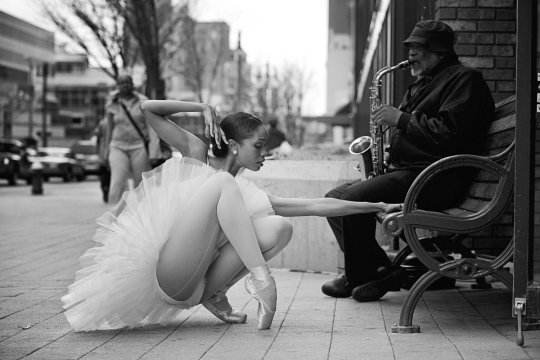
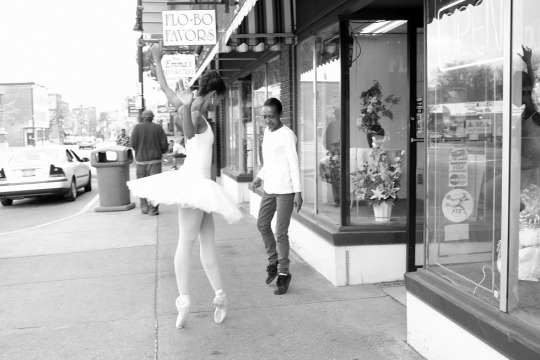

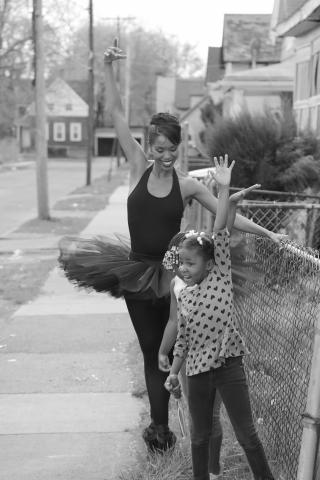

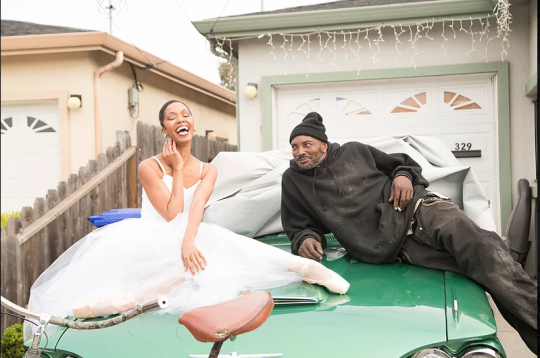
“Ballet embraces the soft, ethereal and majestic side to women, and yet we often don’t see the media portray black women in this light. My project aims to reveal that women of color possess these qualities. We too are capable of portraying the princess, fairy and swan.”
—Aesha Ash
Aesha Ash’s prestigious career has included world class roles. Yet she’s now on to a different mission, with three big goals. She wishes to see ballet become more diverse. She hopes to inspire youth from rough areas to pursue their dreams. And she wants to show the world that tough environments can’t hold back talented people, especially those with ambition.
Aesha performed professionally for 13 years. She attended the legendary School of American Ballet; joined the New York City Ballet at age 18; and has danced solo and principal roles for companies like the Béjart Ballet in Lausanne, Switzerland, and the Alonzo King Lines Ballet in San Francisco. Now she’s focused on The Swan Dreams Project, in which she uses imagery to tackle stereotypes placed on black women. Aesha commissions photographers to snap her as a ballerina in her hometown of rugged Rochester, New York, and in Richmond, California, and then donates proceeds from photo sales to organizations helping advance inner city youth. She also donates images to organizations for their fundraisers and to people seeking more positive imagery for their children or groups.
The dancer points out that black women have always existed in ballet, yet few become principals, the highest tier of dancers. When Misty Copeland became the first black female principal with the prestigious American Ballet Theatre last summer, Aesha found the milestone a moment to celebrate, yet sad and troubling that in 2016, we’re still celebrating a first. She hopes The Swan Dreams project will give more dancers — and youths in general — the chance to be celebrated for their own talents.
Rochester has one of America’s highest crime rates. But Aesha hits the streets to prove that her hometown is more than violence and gangs. That’s where her Swan Dreams Project comes in. “My community saw that out of our environment came a ballerina, not just negativity — a little black girl from inner city Rochester actually went on to become a professional ballet dancer in a top-tiered company,” Aesha said in a one-on-one interview for this report. “Youth followed me on the street saying, ‘This is what we need. This lifts us up.’”
Read more
218K notes
·
View notes
Photo
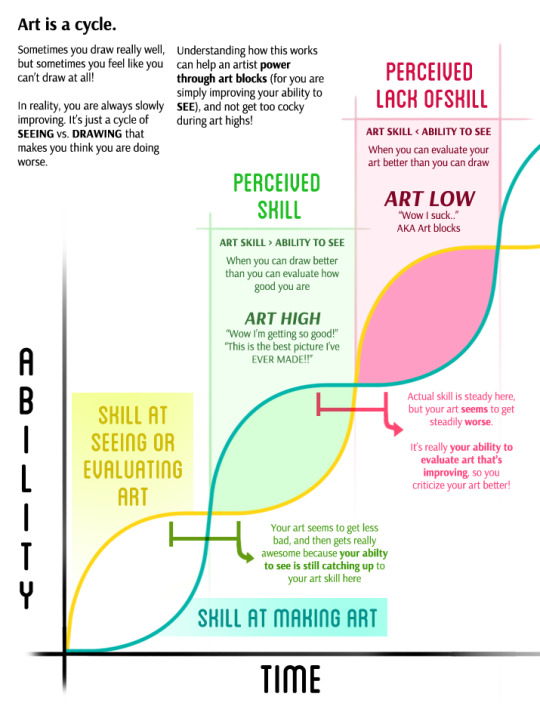
WE FOUND IIIIIIIIIT OMG Me and some people have been searching for this image for a couple months now xD Woke up to see someone found it and told me! So happy! Thanks @naariel!
To all my artist friends, this one’s for you <3
58K notes
·
View notes
Video
281K notes
·
View notes
